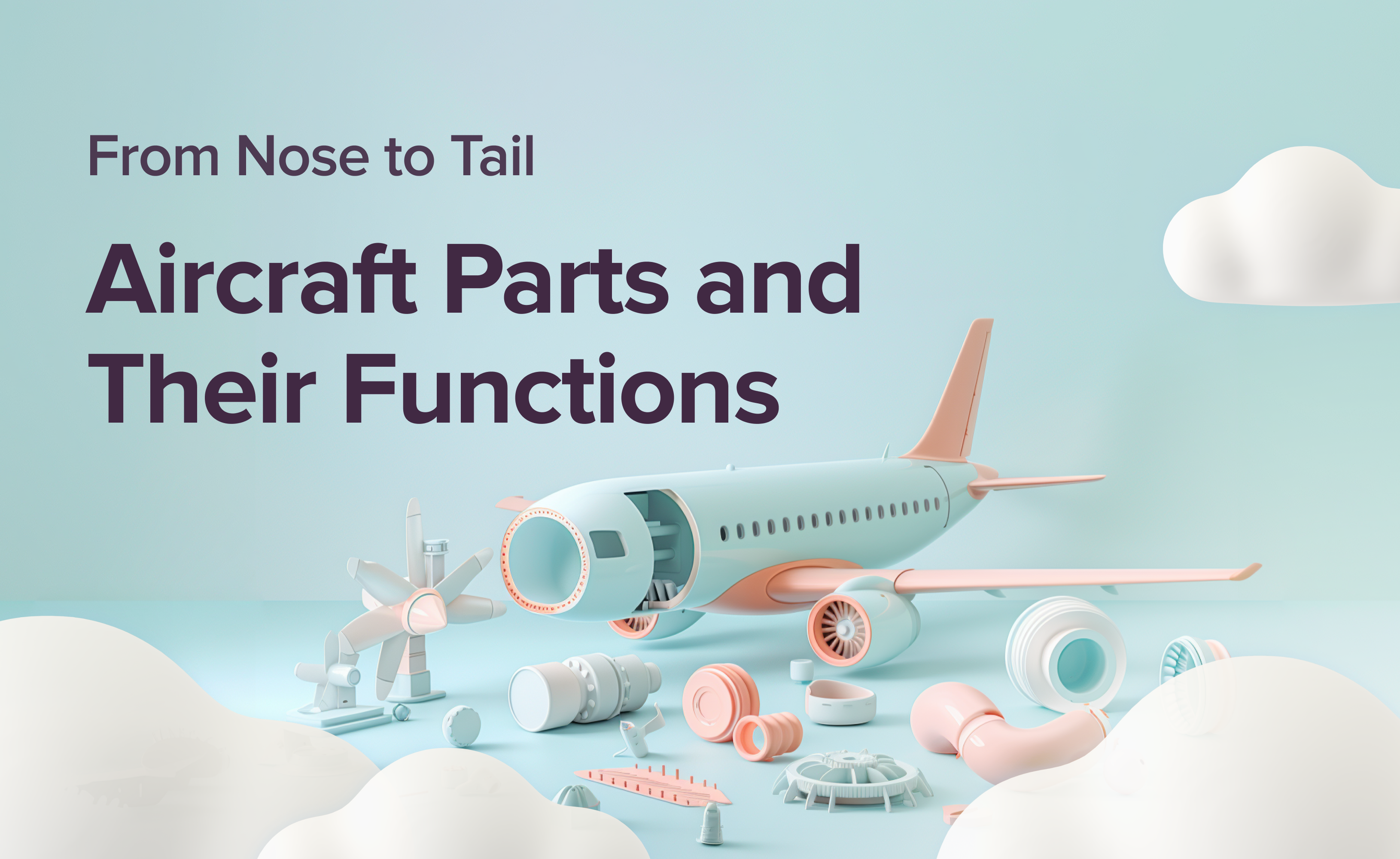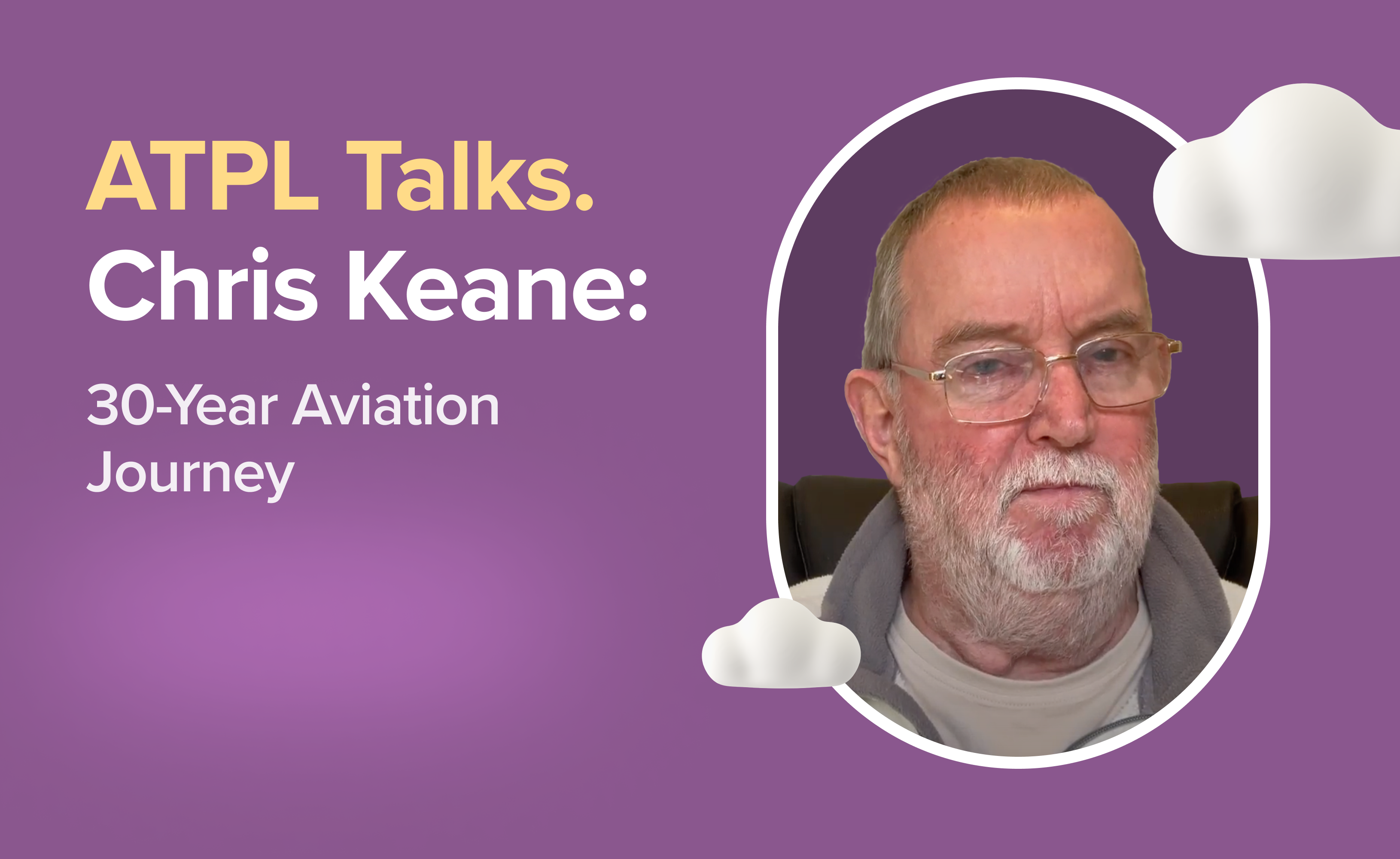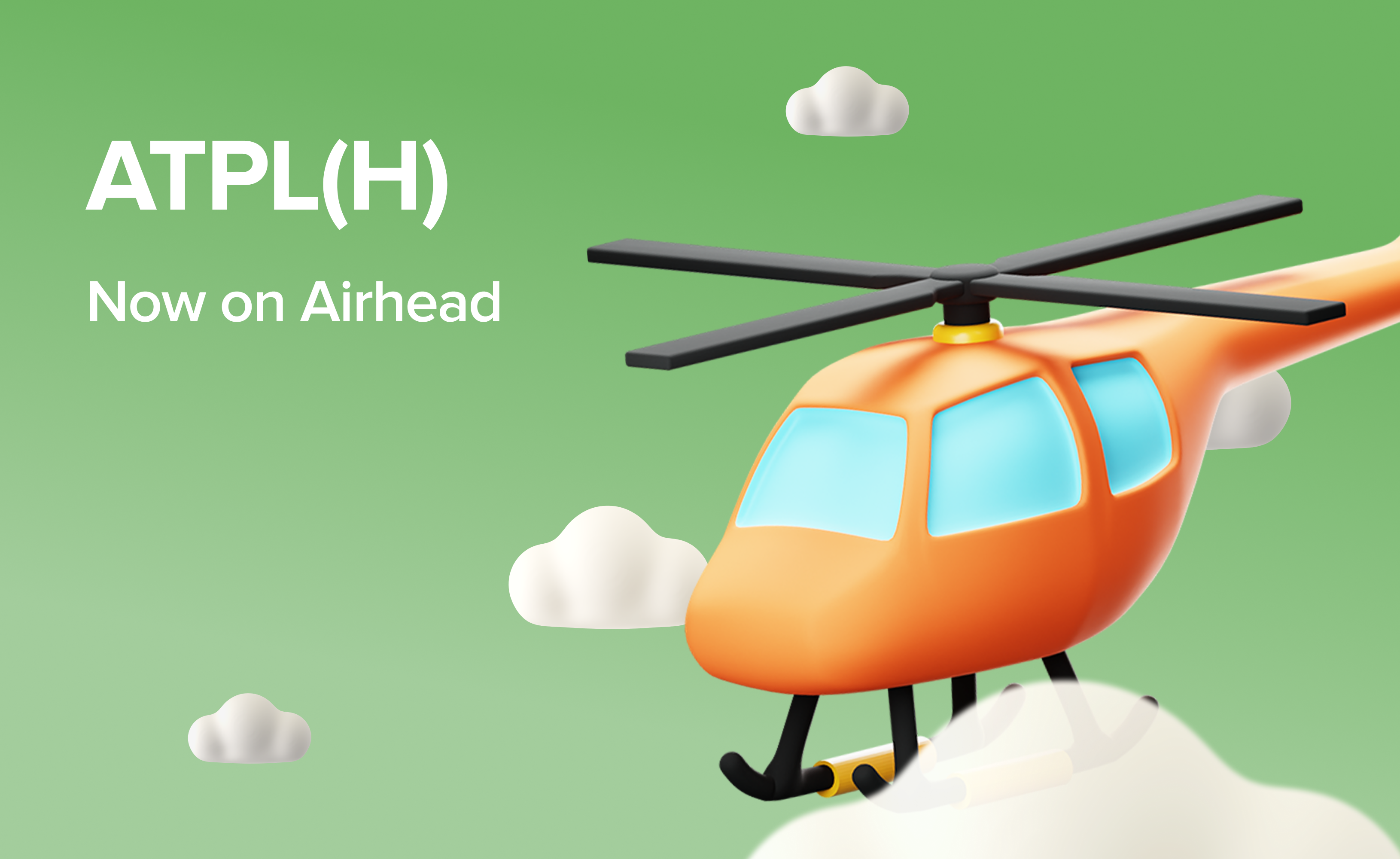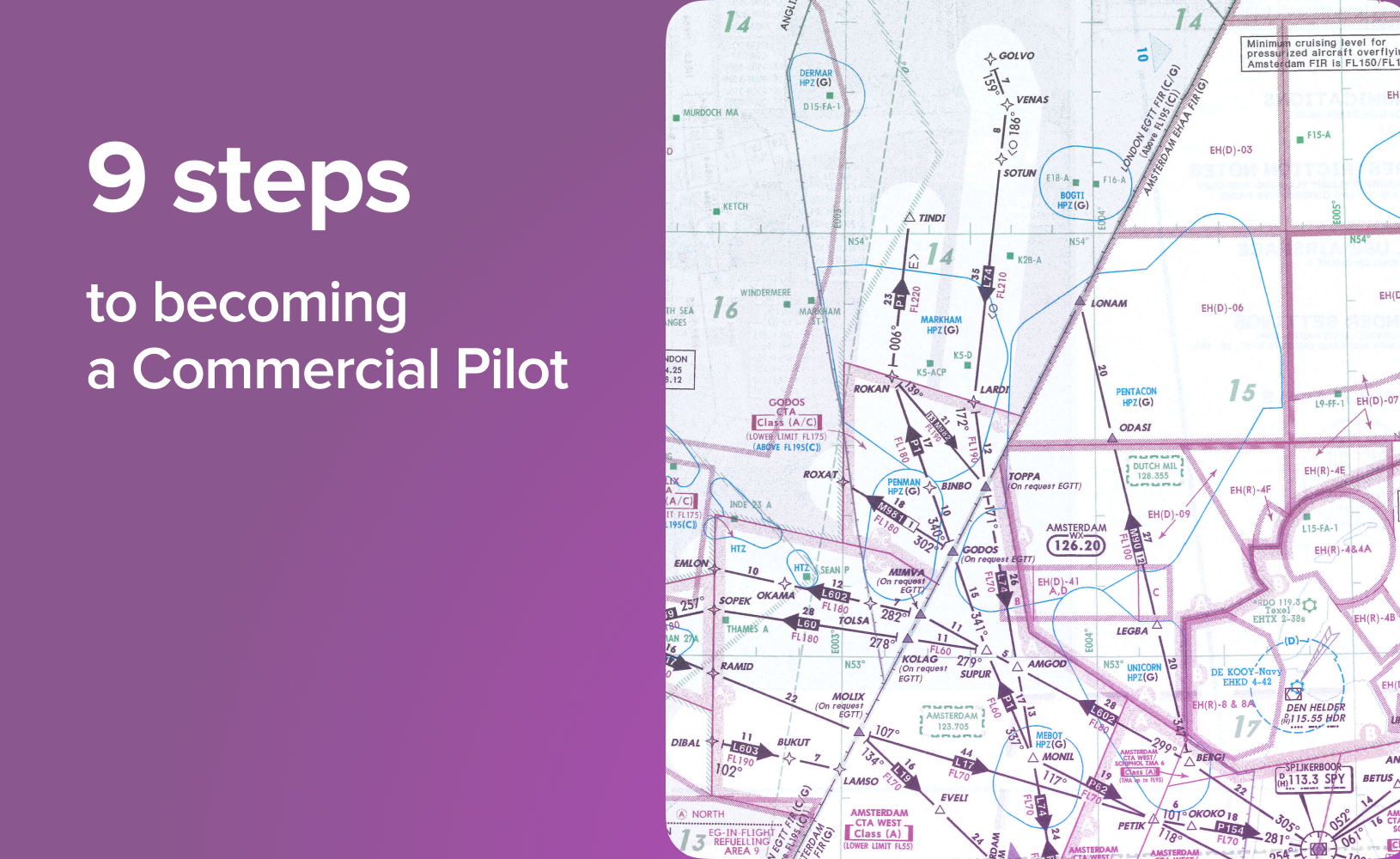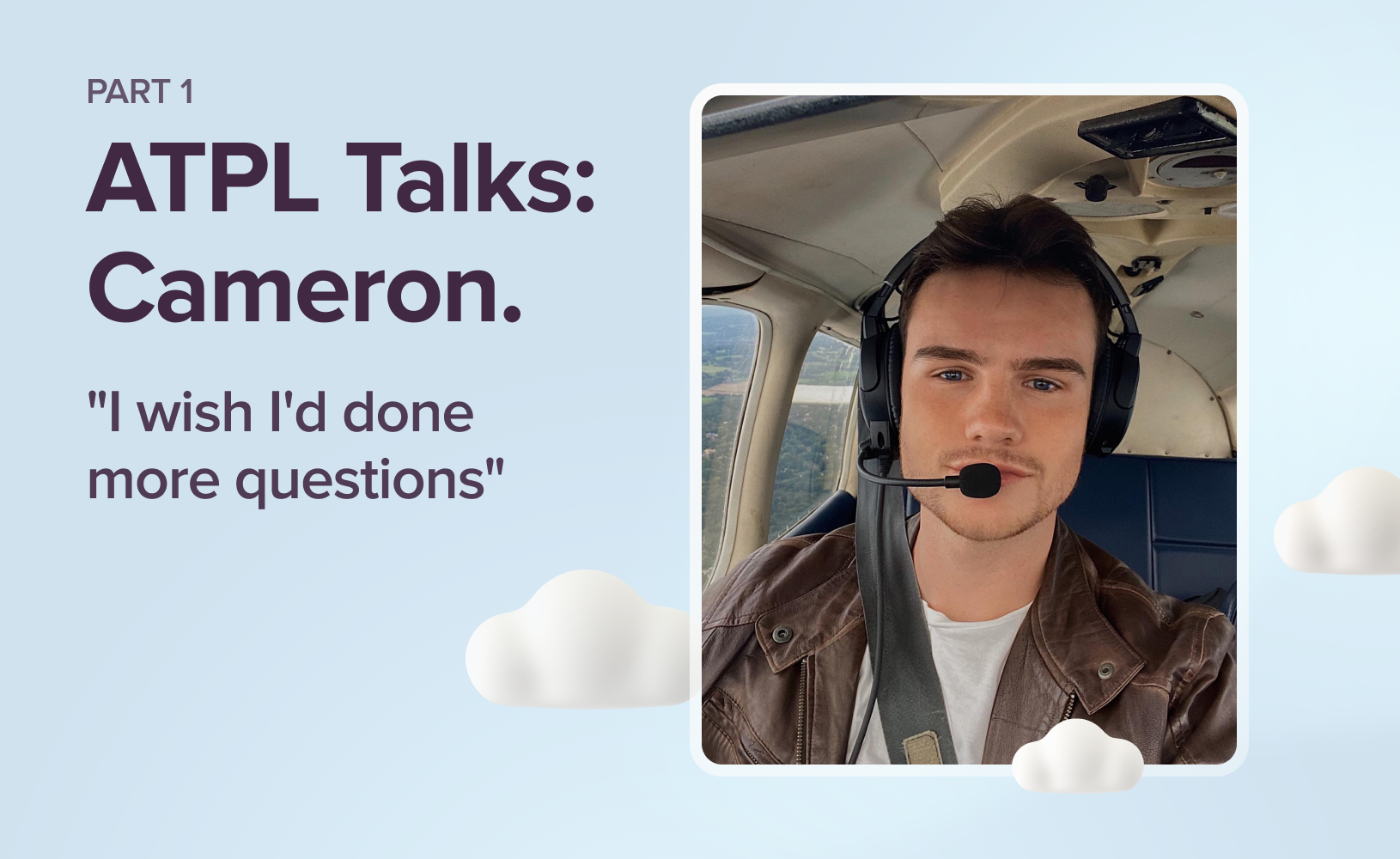Mach Magic: The Story of Concorde

The Concorde, the supersonic airliner, may have been retired for over two decades, but it still captures our imagination. She was both a work of art and a triumph of engineering. The beauty was undeniable, matched by her truly astonishing feats. Picture this: faster than a rifle bullet, covering 23 miles a minute – a mile every two and three-quarter seconds. This incredible velocity allowed it to outpace the Earth's rotation, resulting in the remarkable phenomenon of transatlantic passengers witnessing a westward sunrise and arriving in New York an astounding 1 hour and 40 minutes before their London departure. This is the story of our enduring supersonic dream.
Passionate about planes and the perfect photo opportunity? Uncover the 14 best vantage points to witness aviation action in our must-read blog, Aircraft Spotting: 14 Top Spots Across the UK and Europe.
The Birth of the Supersonic Dream
On November 29th, 1962, the governments of France and Great Britain officially signed a landmark agreement to develop what had only existed in imagination: a supersonic passenger jet that could halve transatlantic flight times. This bold bi-national partnership gave birth to the Concorde project.

The dream took physical shape on March 2, 1969, when Concorde 001, the prototype, lifted off from Toulouse, France, under the command of test pilot André Turcat. With its slender delta wings and signature droop nose, the Concorde wasn’t just flying — it was rewriting the rules of air travel. And by October 1st, 1969, it soared past Mach 1, officially going supersonic. Just months before Neil Armstrong stepped onto the Moon. While the world was turning its eyes to the Apollo 11, aviation enthusiasts and engineers were looking skyward in awe of a different kind of frontier — only with better curves and champagne. Concorde became a symbol not just of speed but of elegance, diplomacy, and daring design.

What’s in a Name?
Derived from the French word “concorde”, meaning “harmony” or “agreement”, the name celebrated the rare and ambitious partnership between Britain and France in jointly designing, producing, and flying the world’s most advanced commercial aircraft of its time. It stood for cooperation, unity, and a shared dream of pushing the limits of speed and engineering.
Each aircraft carried a unique registration, and pilots and aviation enthusiasts often referred to them using NATO phonetic call signs. For example, the famed G-BOAD, affectionately known as “Alpha Delta”, flew with British Airways from 25 August 1976 to 10 November 2003.

Pepsi turned the supersonic Concorde "Sierra Delta" (F-BTSD) into a flying advertisement by painting it entirely in their iconic blue and red. This complete makeover occurred at Air France's Paris Orly facility in March 1996, transforming the white fuselage into a giant Pepsi bottle – a remarkable sight in the air. From classic to contemporary, there's a stunning airline livery for every aviation lover. Explore our curated list in Beyond the Basic: 20+ Stunning Airline Liveries.

Designed by Physics, Built for Speed
The Concorde was born in an era without the aid of today’s computer-aided design or simulation tools. Yet what emerged was a masterpiece of aerospace ingenuity. This incredible plane was over 203 feet long, 40 feet high, and had a wingspan that stretched 84 feet.

Concorde’s aerodynamic shape was dictated entirely by supersonic efficiency — from its triangular wings to its signature droop nose, designed to improve visibility on take-off and landing. Powerful Rolls-Royce/Snecma Olympus 593 engines propelled it to cruise at over twice the speed of sound — Mach 2.04.

And while its design was driven by performance, the result was unexpectedly beautiful. “There were no stylistic flourishes,” noted one designer. “It just turned out beautiful because physics demanded it.”
Discover the crucial roles of every component, from the very front to the very back, in our blog, From Nose to Tail: Aircraft Parts and Their Functions.
Keep the Coffee Steady
Passengers weren’t just travelling — they were ascending to a different world. Cruising at Mach 2 (around 1,350 mph) and 60,000 feet, it soared five miles higher and 800 mph faster than the subsonic jumbo jets lumbering across the Atlantic. During flight, it could burn up to 6,770 gallons of fuel per hour. Pilots would warn slower aircraft occasionally: “We’re coming past — fast.” The radio crackle that followed often included a chuckle and a request to “keep the coffee steady.”

Commercial service began in 1976. Only 14 Concords entered flying — seven each with British Airways and Air France. Although airlines like Pan Am, Qantas, and Lufthansa initially placed orders, mounting political resistance, environmental concerns, and high operating costs meant the plane never achieved widespread adoption. What was meant to be the future of air travel became, instead, its most exclusive club.

A Social Club at Supersonic Speed
Concorde redefined luxury air travel, offering experiences from caviar and champagne to plush lounges and boarding gates fit for royalty. This exclusivity came at a steep price, with transatlantic crossing tickets ranging from $8,000 to $12,000 (equivalent to over £45,000 in today's value).

Boarding the aircraft felt like entering an airborne private club. Celebrities, royalty, and world leaders shared the narrow cabin space. Travellers could occasionally rub shoulders with Paul McCartney or Phil Collins, dashing across the Atlantic to perform at both the UK and US Live Aid concerts on the same day. Queen Elizabeth II, the Pope, and countless heads of state were also among its high-profile passengers.

On Board Experience
But beyond the glamour, what was it really like to fly Concorde? Let's step aboard and find out. It could fit 100 passengers, plus two pilots, one flight engineer, and six flight attendants. The fuselage was narrow, with a single aisle and four seats across — two on each side — and windows barely larger than a postcard, designed that way to preserve the integrity of the airframe under supersonic stress.

Despite the compact space, passengers didn’t seem to mind. “It was more like stepping into a jet-powered sports car than a living room in the sky,” said one Concorde admirer. Large analogue dials mounted at the front of the cabin displayed altitude and Mach number, proudly ticking past the sound barrier.

See the incredible scale of aviation's giants! Visit our blog for a tour of the 5 Biggest Aircraft Ever Made.
Chasing Records
Over its lifetime, the aircraft set more than 50 world records, solidifying its place as one of the most extraordinary machines in aviation history. It held the title for the fastest commercial transatlantic crossing, a feat achieved in just 2 hours, 52 minutes, and 59 seconds on a New York to London flight — less than half the time of a conventional subsonic jet.

Flying at Mach 2.04 (around 1,354 mph), the Concorde cruised at an altitude of 60,000 feet, far above standard airline traffic (which is at 30,000 feet). At that height, passengers weren’t just sipping champagne — they were witnessing the curvature of the Earth. It was as close to space as most civilians would ever get.

However, the Concorde’s sonic boom — a thunderous crack heard when the aircraft broke the sound barrier — led to restrictions on overland supersonic flights. As a result, Concorde’s routes were largely confined to transoceanic journeys, most famously between London or Paris and New York. But within that narrow corridor, it made history again and again.
These planes were expensive to build, setting another record for cost. Each unit required an investment of over 20 million dollars in 1976, which translates to roughly one hundred million dollars in today's currency.

The End of the Supersonic Age
For nearly three decades, the Concorde sliced through the sky at twice the speed of sound — a gleaming silver dart that turned heads and rewrote the rules of commercial aviation. But even legends are not immune to fate.
On July 25, 2000, tragedy struck. Air France Flight 4590 crashed shortly after take-off from Paris Charles de Gaulle, claiming 113 lives. A strip of metal left on the runway by another aircraft punctured a tyre, sending debris into the fuel tank and sparking a catastrophic fire. It was Concorde’s only fatal accident — a heartbreaking blow to a spotless safety record.

The fleet was immediately grounded. Though Concorde returned to service in November 2001 with reinforced fuel tanks and upgraded tyres, the magic had dimmed. The world had changed. After the 9/11 attacks, commercial aviation faced new economic and regulatory pressures. Rising maintenance costs, falling passenger demand, and an ageing fleet made the Concorde’s future unsustainable.

On October 24, 2003, British Airways Concorde G-BOAE made its final landing at London Heathrow, marking the end of supersonic passenger travel. The dream of flying faster than the sun’s shadow faded into history, but the legacy of the Concorde still echoes at Mach 2, a reminder of what aviation once dared to be.
No other aircraft has captured the world’s imagination quite like the Concorde. A design icon remains as breathtaking today as it was when it first broke the sound barrier. Though only 20 were ever built, and just two airlines ever flew them, the Concorde still stands as one of the most extraordinary feats of engineering.
From training flights to iconic status, the Cessna 172 has a rich history. Learn all about it in our blog post, World's Flight Trainer: The Cessna 172 Story.

Where to See Concorde in Europe & the UK
Today, its sleek airframe still inspires awe in aviation museums around the world. British Airways donated G-BOAD to New York’s Intrepid Sea, Air & Space Museum, where it continues to turn heads dockside, nose tilted forward in its iconic landing pose. Several others rest in museums across Europe.
From vintage aircraft to groundbreaking technology, Europe's aviation museums have it all. Explore our guide, Wings of History: 12 Must-See Aviation Museums Across Europe, to plan your next adventure.

Home to Alpha Foxtrot, the last Concorde ever to fly, this museum is built around the aircraft itself. Located near the original factory where Concorde was assembled, the site offers an engaging look into the UK’s aviation heritage. 📍 Hayes Way, Patchway, Bristol BS34 5BZ 📞 +44 117 931 5315
Musée de l’Air et de l’Espace – Paris Le Bourget (France)
This world-class air and space museum displays not one but two Concordes, including the very first prototype to ever fly. Explore the evolution of flight from early aviation to outer space. 📍 Aéroport de Paris-Le Bourget, 93350 Le Bourget 📞 +33 1 49 92 70 00
Auto & Technik Museum Sinsheim (Germany)
This unique museum near Frankfurt features an impressive collection of vehicles – and one of its stars is Concorde itself. It's also the only place in the world where you can see Concorde and the Soviet Tu-144 displayed side-by-side. 📍 Museumsplatz, 74889 Sinsheim, Germany 📞 +49 7261 92990







